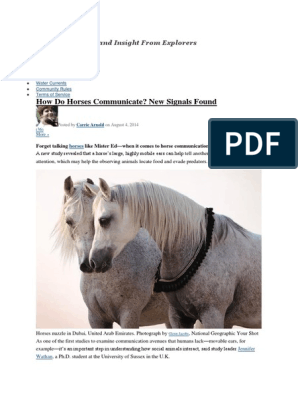0% found this document useful (0 votes)
5 views6 pages05.verbal and Non Verbal Communication
Communication is the transfer of information involving a sender, message, and recipient, and can be complex due to various influencing factors. Verbal communication, which includes spoken and written forms, is essential in corporate settings for effective interpersonal interactions, while nonverbal communication encompasses body language, gestures, and facial expressions that convey additional meaning. Improving communication skills involves practice, active listening, preparation, and understanding the listener's perspective.
Uploaded by
mjkhan1gohanCopyright
© © All Rights Reserved
We take content rights seriously. If you suspect this is your content, claim it here.
Available Formats
Download as DOCX, PDF, TXT or read online on Scribd
0% found this document useful (0 votes)
5 views6 pages05.verbal and Non Verbal Communication
Communication is the transfer of information involving a sender, message, and recipient, and can be complex due to various influencing factors. Verbal communication, which includes spoken and written forms, is essential in corporate settings for effective interpersonal interactions, while nonverbal communication encompasses body language, gestures, and facial expressions that convey additional meaning. Improving communication skills involves practice, active listening, preparation, and understanding the listener's perspective.
Uploaded by
mjkhan1gohanCopyright
© © All Rights Reserved
We take content rights seriously. If you suspect this is your content, claim it here.
Available Formats
Download as DOCX, PDF, TXT or read online on Scribd
/ 6


























































































